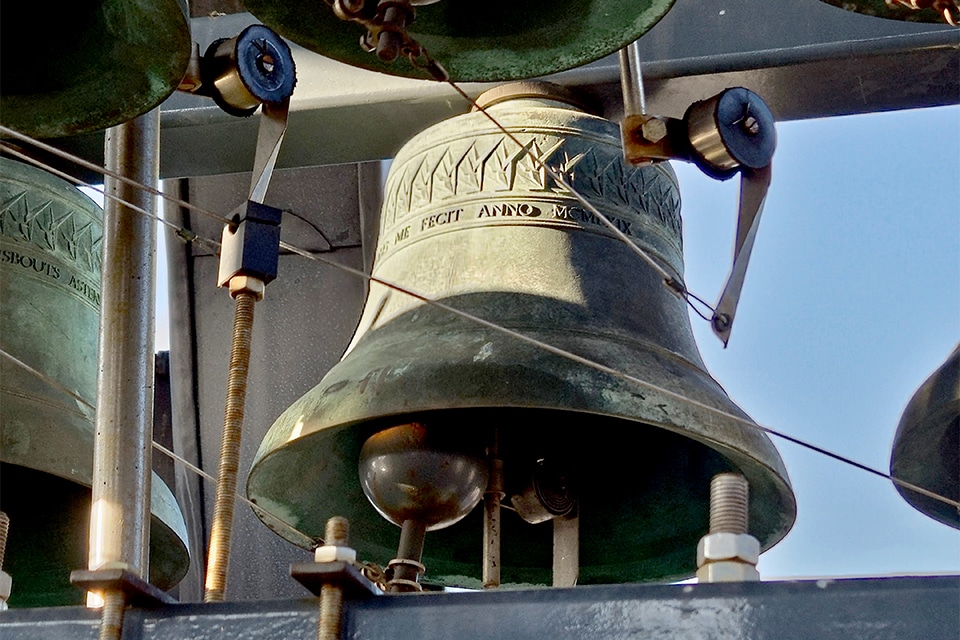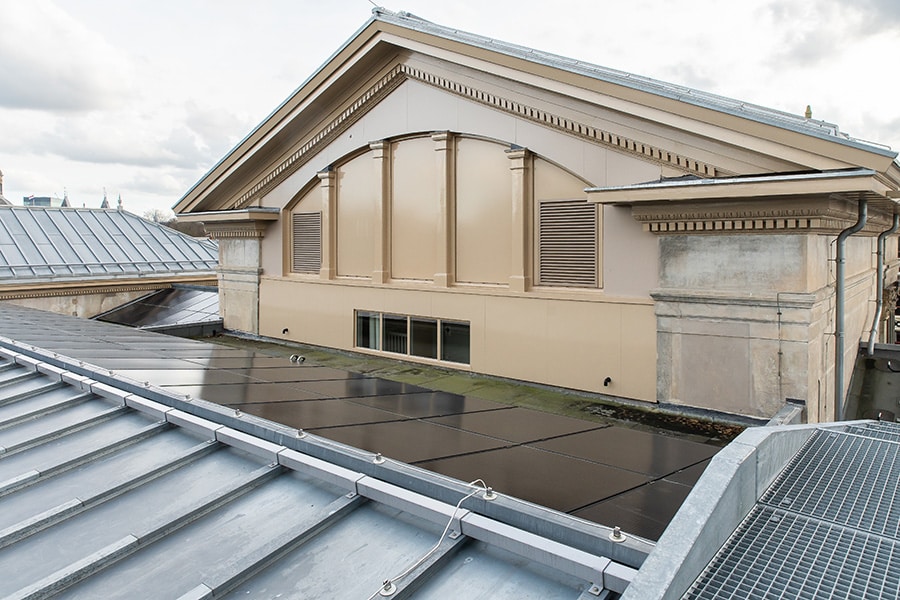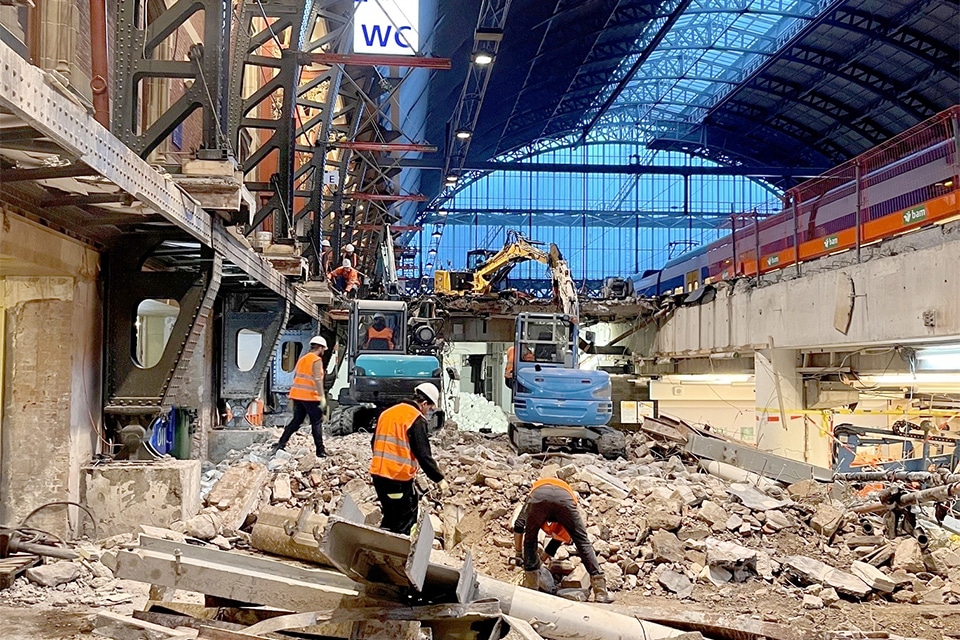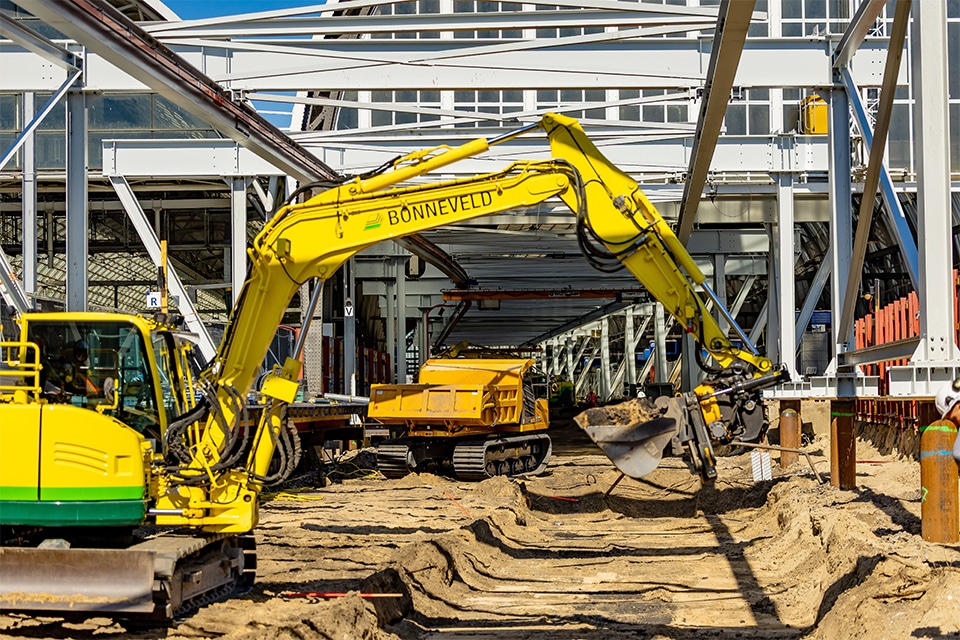
Safely inspecting and maintaining listed buildings
Monumental buildings are often pleasing to the eye, but difficult to inspect and maintain. There are traditionally no facilities available to perform these activities safely, and because of their monumental status, they cannot always be done in the way you would like. Aboma Consultancy advises and checks whether the work on monumental buildings can be carried out safely, with an eye for the monumental character.
A monumental building has a defining facade appearance and in principle you are not allowed to change anything about it, says Allard Schonewille, consultant/safety expert at Aboma Consultancy. "To still be able to safely inspect and maintain such a building, you have to make provisions that are either temporary and demountable, or that are not visible to the naked eye. We follow the occupational hygiene strategy for this, but it is not always feasible in monumental buildings. So we always scale back to the safest options while respecting the building and the people who have to do the maintenance."
Volunteers
For example, laws and regulations require that you must be able to reach a roof safely. "At the time these buildings were built, this was not yet considered," says Harry Spies, operations manager at Aboma Consultancy. "We advise how you can still inspect the roof safely, for example by making a roof hatch or looking at whether the use of an aerial work platform might offer solace. The deployment of modern technologies can also offer a solution. For example, one of our clients uses a drone to do an initial inspection of a church tower. She then no longer has to climb it." Inspection and maintenance are usually performed by a specialized party, but often with monumental buildings you also have to deal with volunteers who "run" the building and pick up small jobs. "For example, a few months ago we assessed several church towers to see if the person hanging and ironing the flags could do their job safely. Moreover, the goal was to see what could be improved within the possibilities available."

And there Spies touches on an important point. You can't haphazardly make all kinds of provisions in a building with monumental status. "If we take the example of hanging the flags, according to the occupational health and safety strategy, it would be better to hoist the flag in a mast in front of the church than in the church tower itself with its crawl-through sneak-through route," Schonewille illustrates. "And if you do choose the steeple, you could work with a personnel alarm, should something happen to the volunteer at the top of the tower. It often goes wrong with those individual jobs. People tend to do an operation with work equipment that is not appropriate for the work they are doing. Our role is to assess whether they can perform their work in a safe manner and whether the facilities that have or have not been put in place to work safely are up to their tasks."




